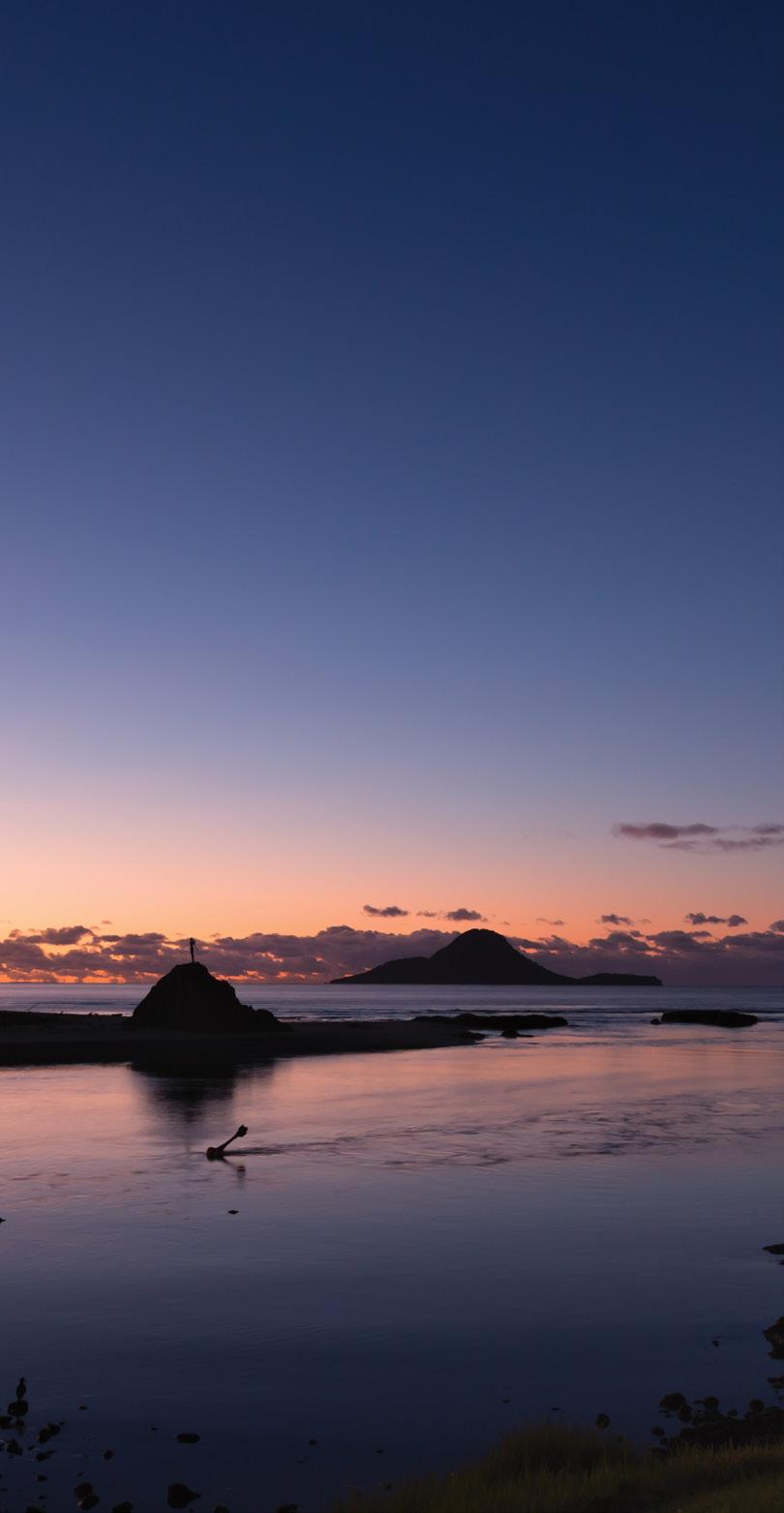
2 minute read
Taiao Report
Kaitiakitanga is promoted and protected through the resource consent process and legislative processes.

Advertisement
TE MAHERE WHAKARITE MATATIKI TAIAO Ō NGĀTI AWANGĀTI AWA ENVIRONMENTAL PLAN AN IWI PLANNING DOCUMENT PREPARED BY TE RŪNANGA O NGĀTI AWA
Ngāti Awa Environment Management Plan
The Board adopted the Ngāti Awa Environment Plan at the June 2019 meeting. The plan ws developed following input from the iwi and Rūnanga. The purpose of the Plan is to articulate our:
• Common vision for kaitiakitanga of our natural and physical resources and ancestral taonga
• Issues regarding resources and environmental management of resources within our rohe
• Position regarding activities and development within our rohe (i.e what we want or do not want to happen).
• Expectations with regards to consultation by others, particularly Council, Central Government Agencies, developers and resource consent applicants.
This plan will influence and guide our own mahi. It will be used to:
• Articulate our issues of significance and longterm aspirations
• Clarify our expectations about engagement processes
TE MAHERE WHAKARITE MATATIKI TAIAO Ō NGĀTI AWA
• Guide and influence Support on the ground initiatives and funding applications
• Establish effective and efficient operations that strengthen the capacity and capability of Ngāti Awa.
An Iwi Planning Document prepared by Te Rūnanga o Ngāti Awa ENVIRONMENTAL PLAN NGĀTI AWA You can view the Environment Management Plan at www.ngatiawa.iwi.nz
Bay of Plenty Regional Council – Plan Change 9 (Region-wide Water Quantity).
This is a Regional Council led plan change to the Bay of Plenty Natural Resources Plan. The plan change seeks to introduce rules to improve water quality and quantity. We provided submissions to the Regional Council and have appealed the decisions made by the hearings panel. Environment Court assisted mediation will take place in November – December 2019.
Rangitāiki River Forum
The purpose of the forum is the protection and enhancement of the environment, cultural, and spiritual health and wellbeing of the Rangitāiki River and its resources for the benefit of present and future generations.
Thanks to Miro Araroa and Tuwhakairia O’Brien for their mahi representing Te Rūnanga o Ngāti Awa on this forum.
Key Highlights from the Forum,
• Recovery works on the river continued following the floods in 2017
• Te Hekenga nui o te Tuna – programme to re-establish fish passage where it is compromised
• Freshwater Futures governments directives for the improvement of freshwater quality
Resource Consents Kopeopeo Canal Remediation Project
WATER 32 BDIVISION 8 S U
The dredging of the Kopeopeo canal has concluded. This was a significant milestone for the project and Project Team. The project successfully completed the removal and storage of around 35,000 cubic metres of sediment. A special acknowledgement needs to be given to Joe Harawira who was instrumental in advocating for the remediation of this site.
A special thanks to Eula Toko for her efforts on the team as a cultural bioremediation monitor. Thank you to Tani Wharewera, Riritahi Williams and Tui Edwards for their volunteer hours and significant contributions to the project.









